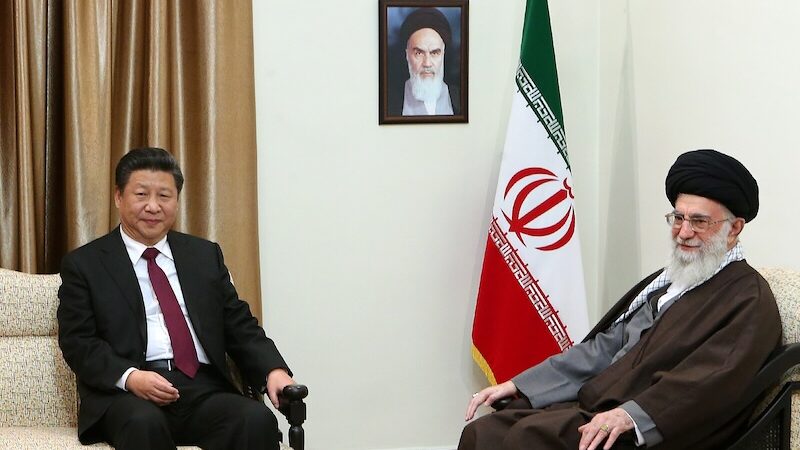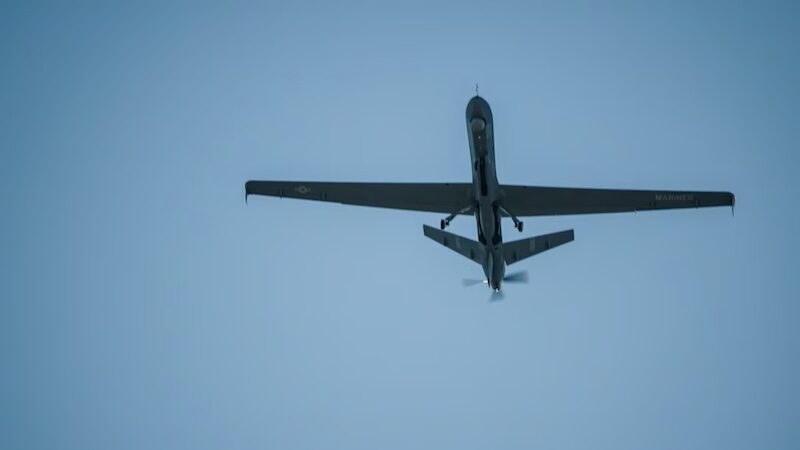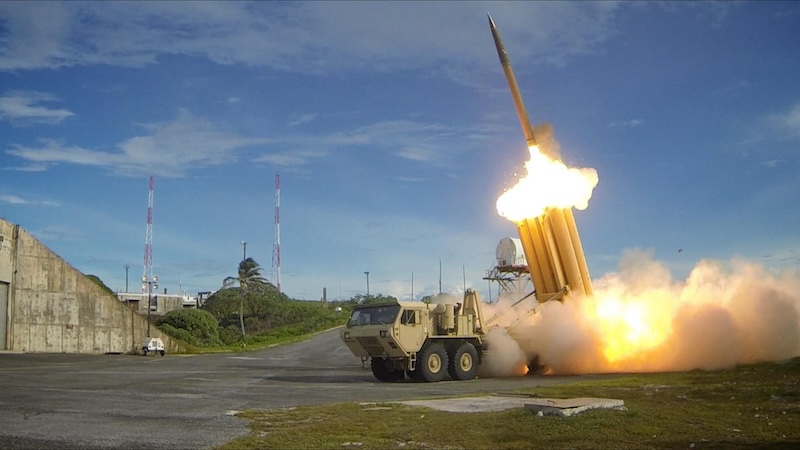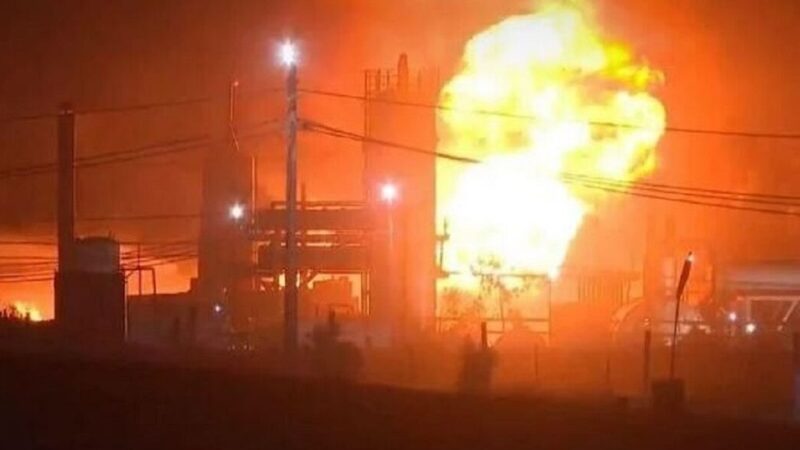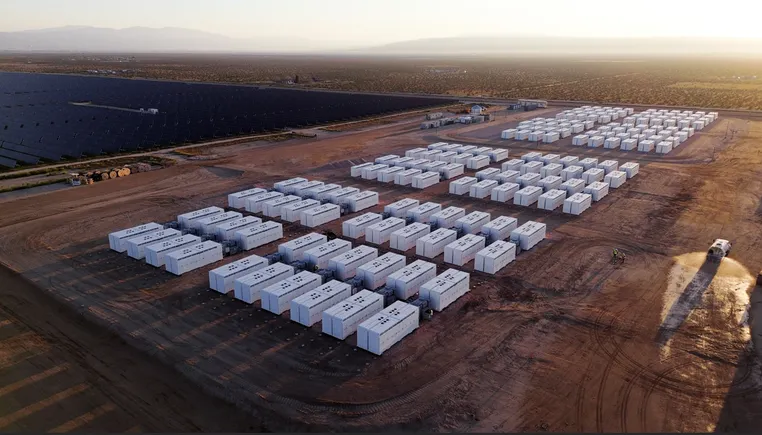Scandinavia bolsters missile and air defense to align with new NATO target
“It’s more challenging to defend than to attack,” when it comes to air defense, Swedish Defense Minister Pal Jonson told Breaking Defense.


U.S. Patriot missile batteries from the 5th Battalion, 7th Air Defense Artillery Regiment stand ready at sunset in Poland on April 10, 2022. The deployment of these air & missile defense systems is purely defensive. They contribute to the robust shielding provided along NATO’s Eastern flank. The SBAMD systems will protect Allied, populations, territory, and our deployed forces from attack.
(U.S. Army photo by Sgt. 1st Class Christopher Smith)
STOCKHOLM — Sweden and Finland’s accession to NATO will enhance the alliance’s missile defense posture through geographical and operational depth, allowing for the deployment of more air defense systems, officials and analysts say.
“When it comes to air defense it’s, of course, highly prioritized for Sweden and many other countries within the alliance,” Swedish defense minister Pål Jonson told Breaking Defense.
Jonson confirmed that Sweden has received NATO’s capability targets in various domains, but it is classified. “We can not, due to operation secrecy, go into it in any kind of details.”
Jonson said that “it’s more challenging to defend than to attack,” when it comes to air defense, and “also more costly to defend yourselves, and you don’t want to get your own systems depleted.” The European Sky Shield Initiative (ESSI) is an important development in this regard.
In line with the expected new benchmarks, Sweden will increase its defense spending to 5 percent of GDP, with 3.5 percent allocated to core defense requirements, Swedish PM Ulf Kristersson said at a press brief with NATO-chief Mark Rutte in Stockholm on Friday. That reflects the geopolitical reality, Kristensson said.
“Just look at the map. Sweden is one of the largest European countries in NATO in terms of pure size, and we have the longest Baltic Sea coastline,” Kristensson noted, adding that the decision on Sweden’s new defense spending goal will be formalized after the NATO summit in The Hague next week, where the new NATO target is expected to be decided.
RELATED: NATO summit could see 5% spending pledge, but it’s not that simple, analysts say
A few days ahead of the press brief in Stockholm, Rutte stressed that NATO’s air and missile defense needs an increase by 400 percent, emphasizing the critical role of air defense in strengthening deterrence and defense capabilities.
William Alberque, former director for NATO’s Arms Control Center, told Breaking Defense that the gap between NATO’s Integrated Air and Missile Defence (IAMD) and the Russian missile threat is significant.
Asked to measure the gap on a scale from one to 10, Alberque said, “I think the gap is about eight. I don’t see any point defenses around Mons [in Belgium] or NATO headquarters, for instance,” he said.
The good news, Alberque said, is that NATO’s newest members come with a suite of air radars, air defences, and air forces that can be formally inducted into NATO early warning and combat systems.
“The coming establishment of a Nordic/Baltic Combined Air Operations Center [in Norway] is an important step forward in containing and countering Russian threats.” Alberque stated.
The first step must be the integration of all existing systems within the NORDEFCO (Nordic Defense Cooperation) and NATO frameworks. “Then, we can allocate resources toward the gaps,” he said.
However, there is a real challenge in integrating all the existing systems used by various countries in the region.
“One challenge is connectivity of being able to connect the various systems that different countries are operating with. Another one is organization of requirements. Third is connected to that is also to work with standardization, a third aspect on the more operational side,” Jonson said.
What The Nordic Countries Have
Pieter Wezeman, a researcher with SIPRI, told Breaking Defense that Sweden and Finland’s accession is “further bolstered by procurement by Nordic States of both ground based air defence systems and related radar surveillance systems and airborne systems, which can provide an additional level of protection against cruise missiles and drones.”
Some of the key examples of such procurement include:
Finland: an unknown number of David’s Sling air and missile defence system ordered from Israel in 2023, and from the US, the 64 F-35A combat aircraft to be delivered from 2026 with AIM-120D air-to-air missiles and JASSM-ER air to surface missiles
Sweden: Patriot-3 systems delivered in 2021 and 2022, with PAC-2 and PAC-3 deliveries still ongoing and at least four TPY-4 air surveillance radars from the US planned for delivery in the coming years; 60 Gripen combat aircraft, at some point to be equipped with cruise missiles, and three Globaleye AEW+C aircraft for delivery in the coming years. Sweden also operates the IRIS-T, RBS 70, and Tridon systems, and its new Luleå-class corvettes, currently under construction, will be equipped with air defense systems.
Norway: NASAMS air defence systems with US AMRAAM-ER missiles for delivery from 2026 and 11 TPY-4 air surveillance radars from the US for delivery in the coming years; 52 F-35A delivered by 2025, to be equipped with AMRAAM AA missiles and JSM AS missiles and in the long run the 3SM Tyrfing missile.
Denmark: Last week Denmark decided to proceed with the acquisition of three short-range ground-based air defense systems from manufacturers Diehl Defence (in Germany), MBDA (France) and Kongsberg (Norway), giving them a layered air defense network for the future. Denmark is also acquiring 27 F-35A.
Most of these systems are fully or partly US origin, so interoperability between them should be high. Similarly, the Israeli David’s Sling is designed to be part of NATO standard military structures.
That’s a good start, because the more varied the systems, “the harder it is to integrate the information,” Alberque said.
The challenge has been addressed since the early days of NATO through the establishment of Standardization Agreements (STANAGs) that ensure every bit of military equipment fits together seamlessly. There are committees and subcommittees at NATO to ensure that acquisitions are harmonized like this, as well as the NATO Support and Procurement Agency.
But with Russia right on the border, expect a focus on air defenses to continue.









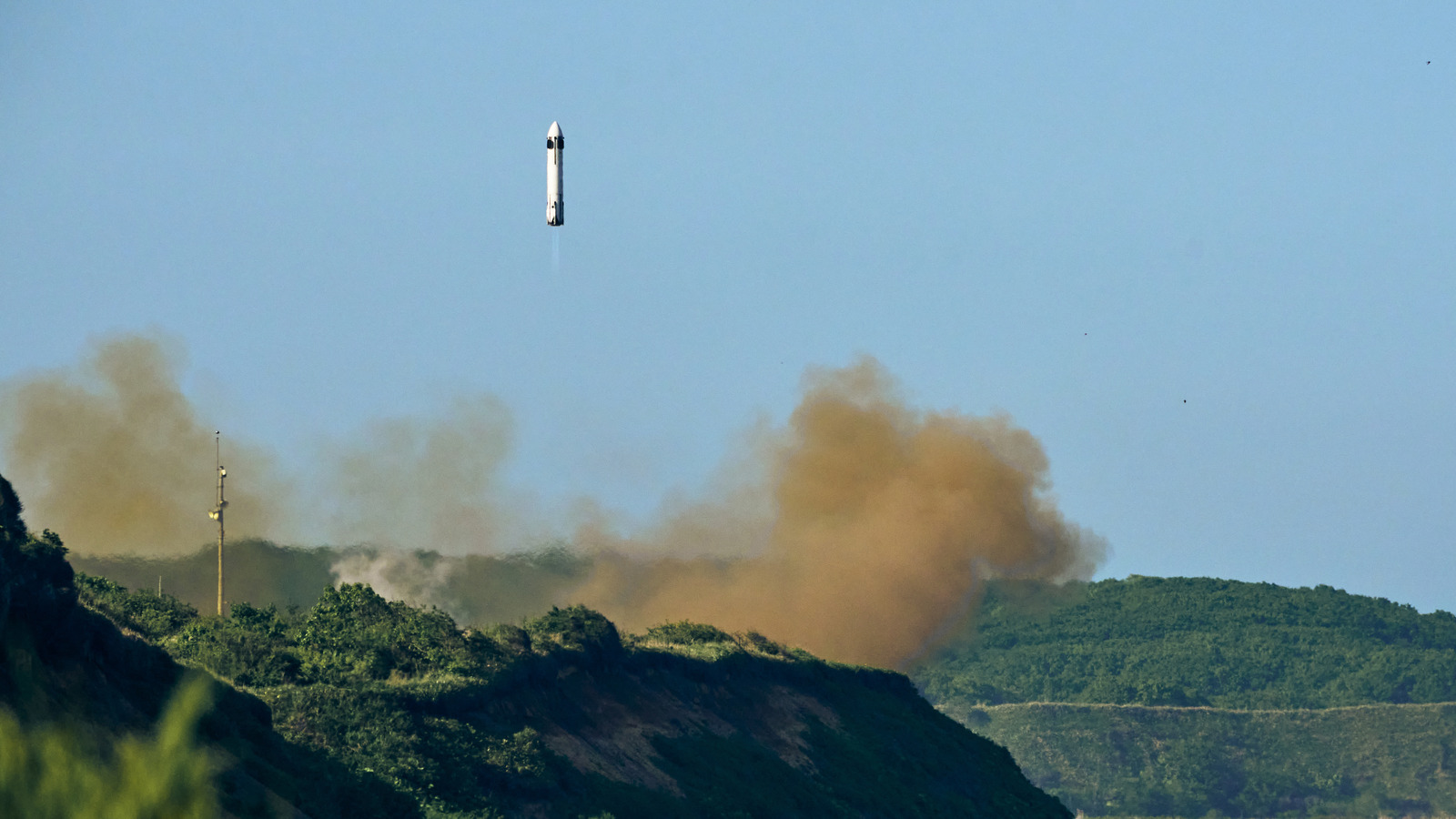








































































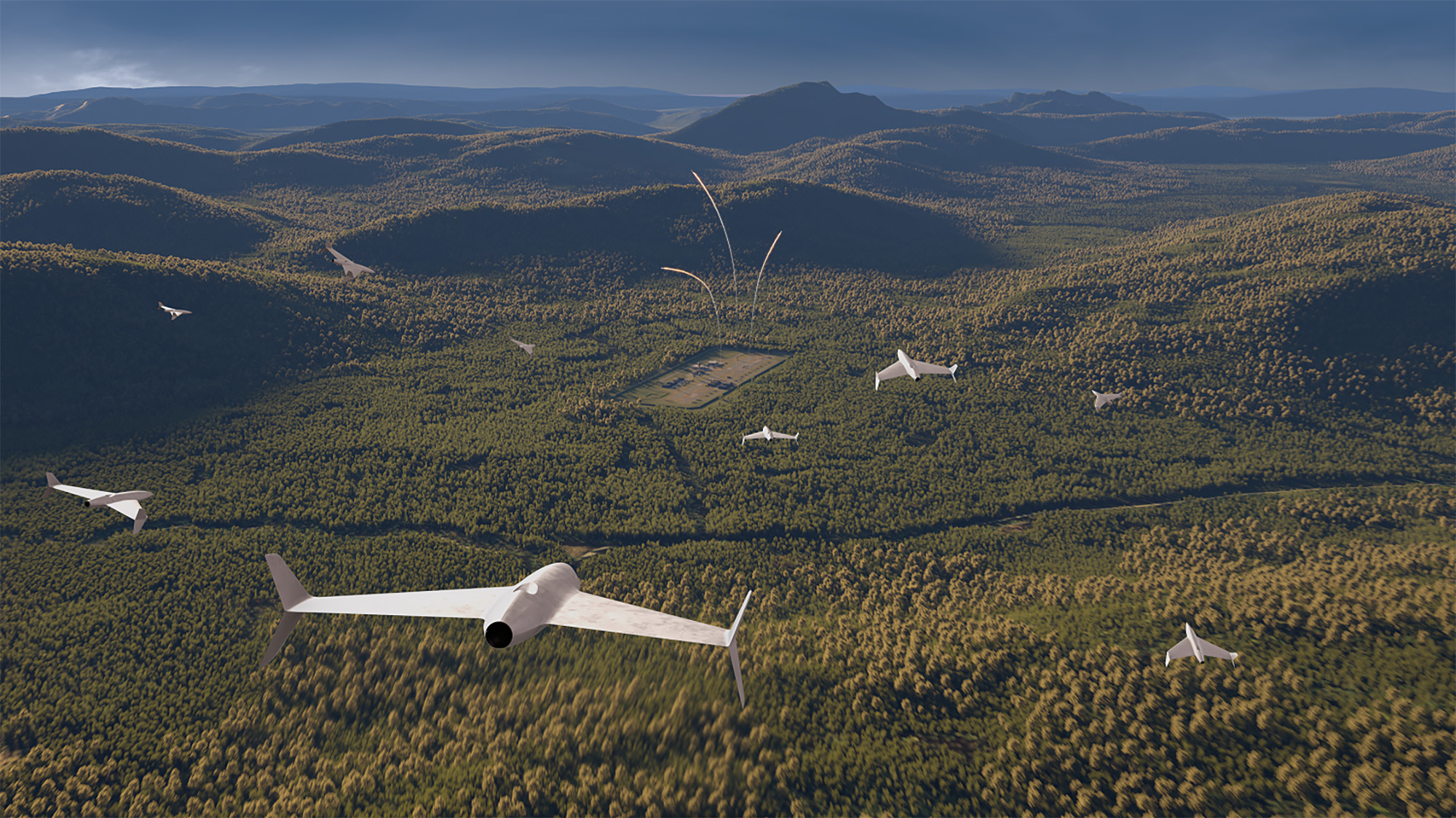

![The sights of the Paris Air Show Day 2 [PHOTOS]](https://breakingdefense.com/wp-content/uploads/sites/3/2025/06/IMG_1837-scaled-e1750181568851.jpg?#)











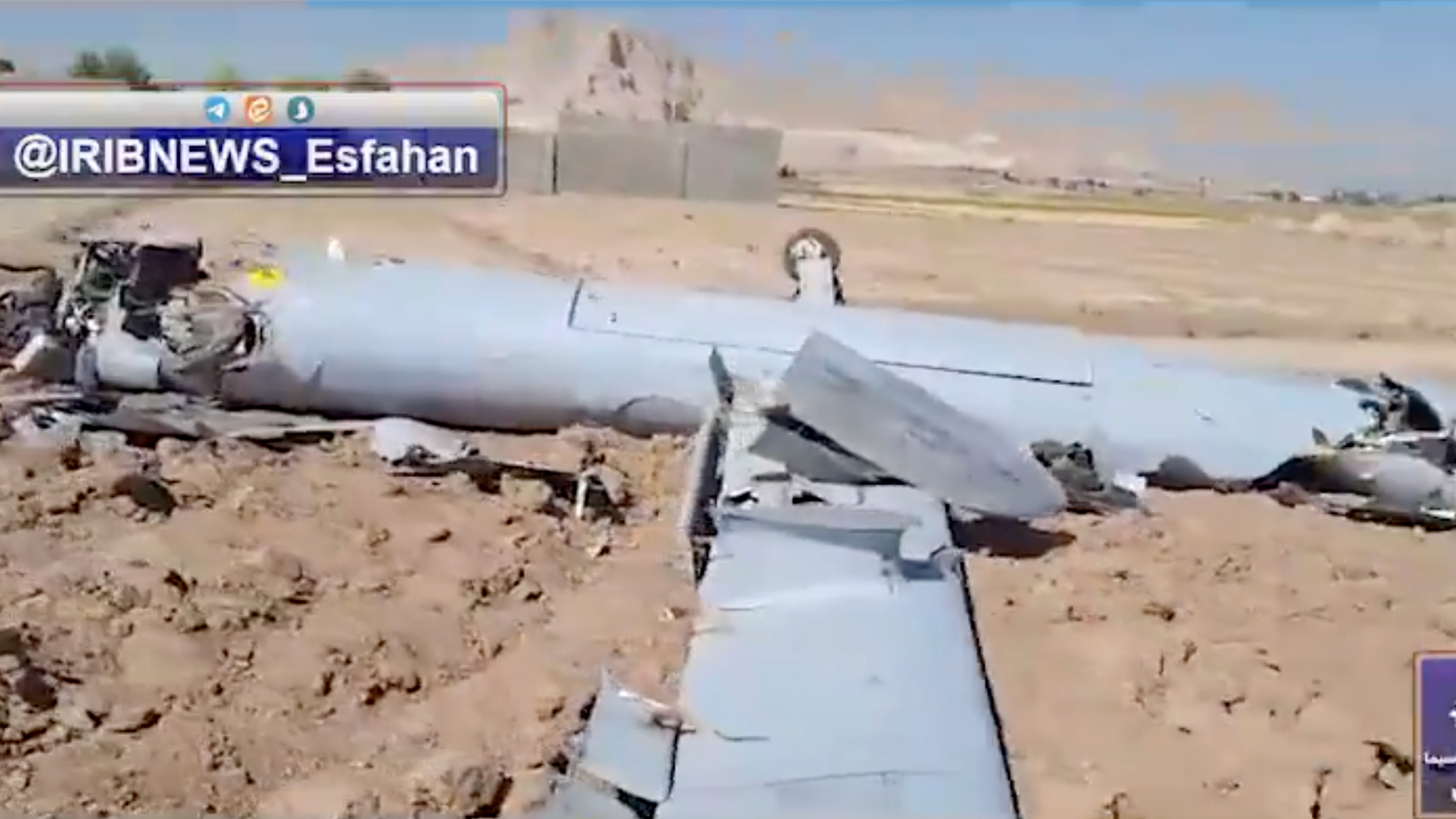

![[Updated] U.S. Air Force Mobilizes F-22s and F-35s as Situation in Middle East Escalates](https://theaviationist.com/wp-content/uploads/2025/06/F-22_F-35_CENTCOM-top.jpg)




